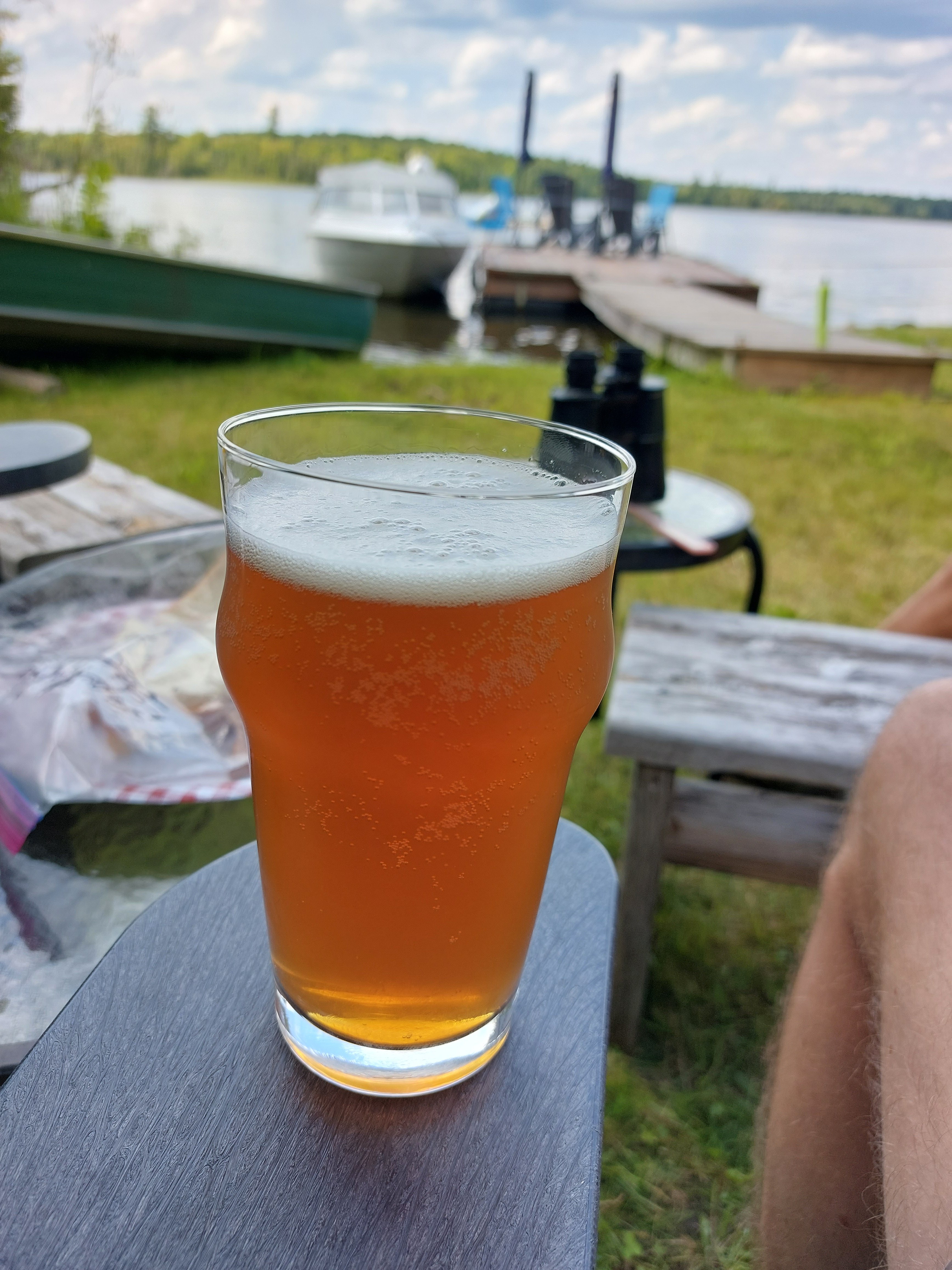Dave, welcome to HBT and the hobby. As you might suspect from my icon, may name is also Dave.

I do not know exactly why you posted your for you first time on this old thread, but I will assume you are interested in this recipe. I don't think this called for a secondary. In general, you will mostly find advice to not do a secondary. It is generally unnecessary and exposes the beer to oxidation.
I happen to use a secondary because i find it useful for helping the beer to clear for bottling. This is not, to say the least, a popular way to do things today. One of the reasons I can enjoy my beers anyway is that I hop them far less than is what currently popular. The recipe I have brewed most often since 1994 uses Fuggle and Stryian Goldings, but only 1/2 oz. Stryian or flavor and the same aroma. This is a lot less that the recipe here, Oxidation attacks first the flavor and aroma hops.
I think you should forget the secondary. BTW, Stryian Goldings is generally found as Celeia now.










![Craft A Brew - Safale BE-256 Yeast - Fermentis - Belgian Ale Dry Yeast - For Belgian & Strong Ales - Ingredients for Home Brewing - Beer Making Supplies - [3 Pack]](https://m.media-amazon.com/images/I/51bcKEwQmWL._SL500_.jpg)




























